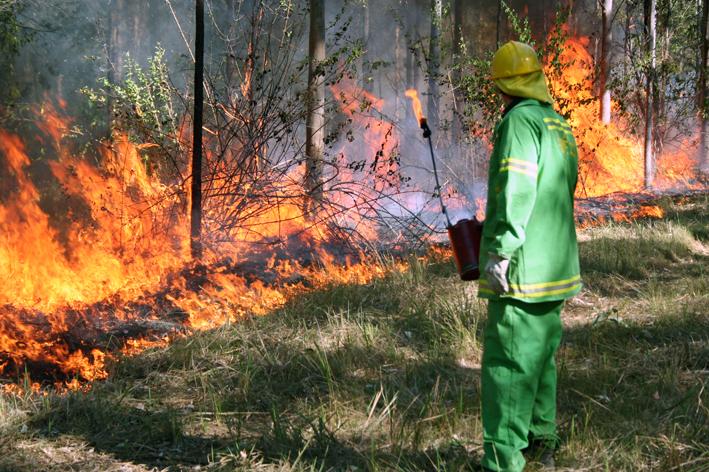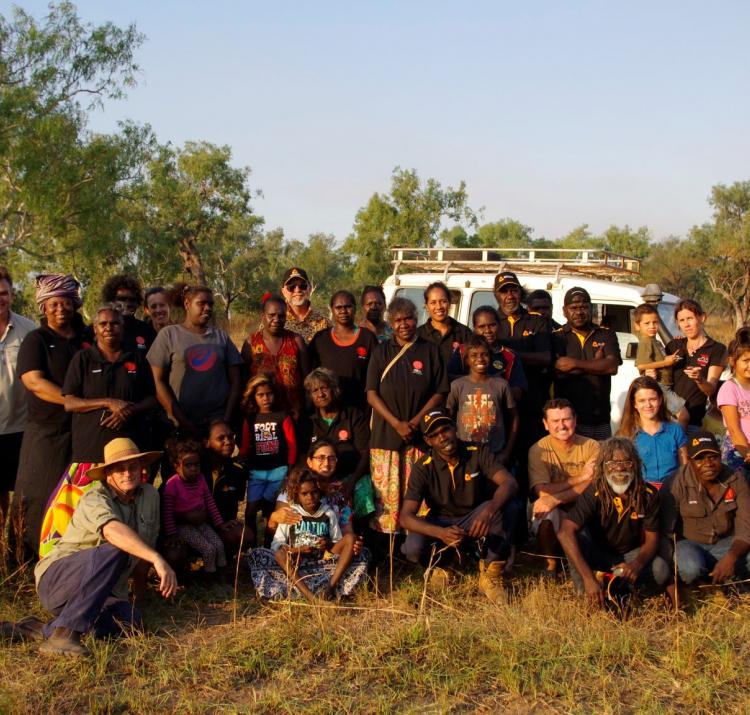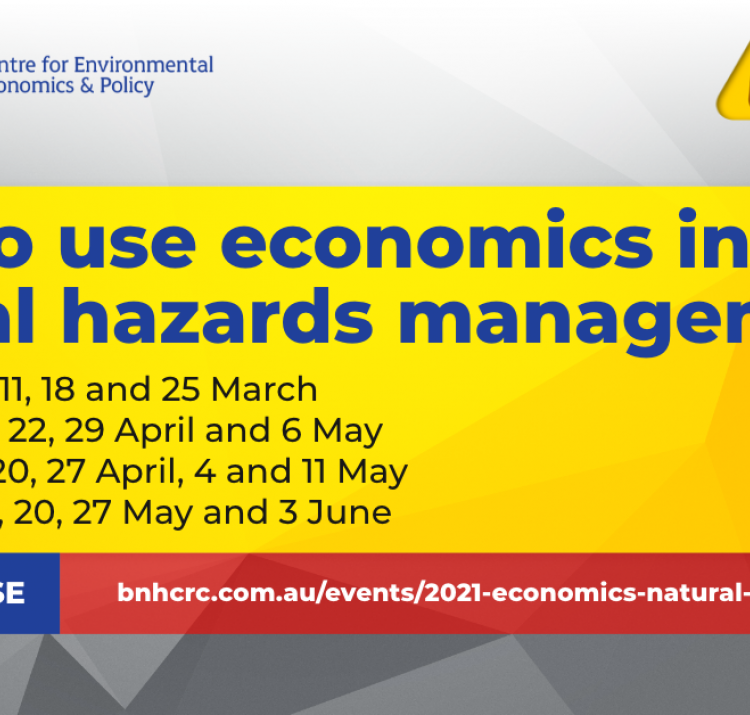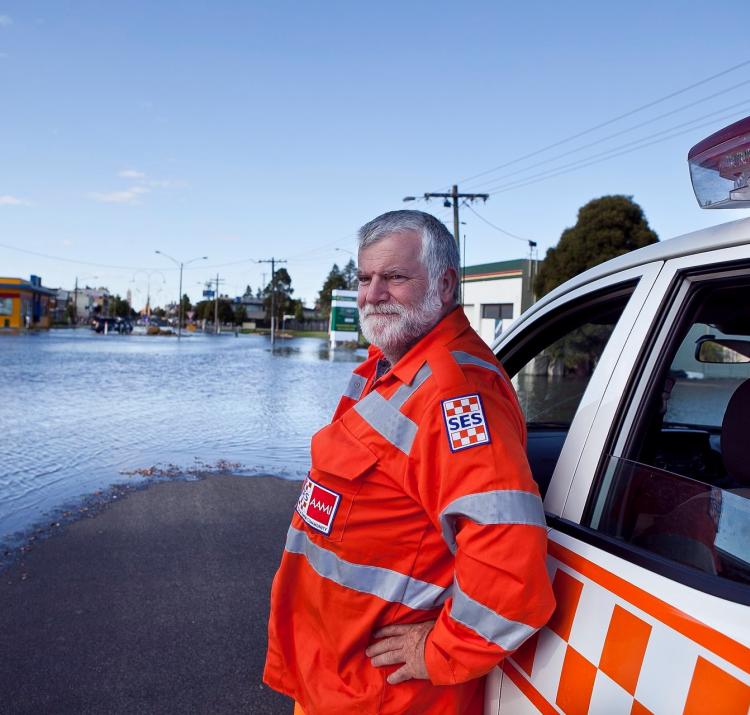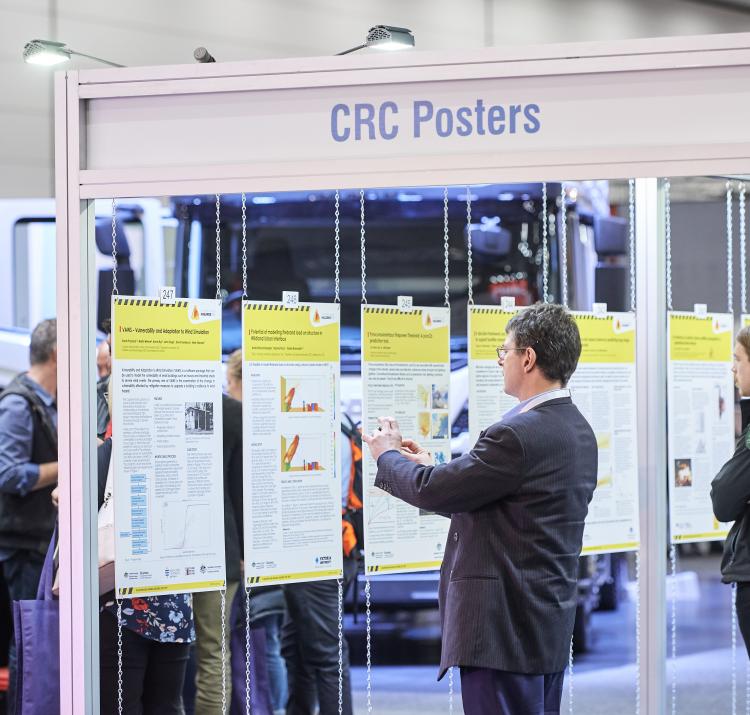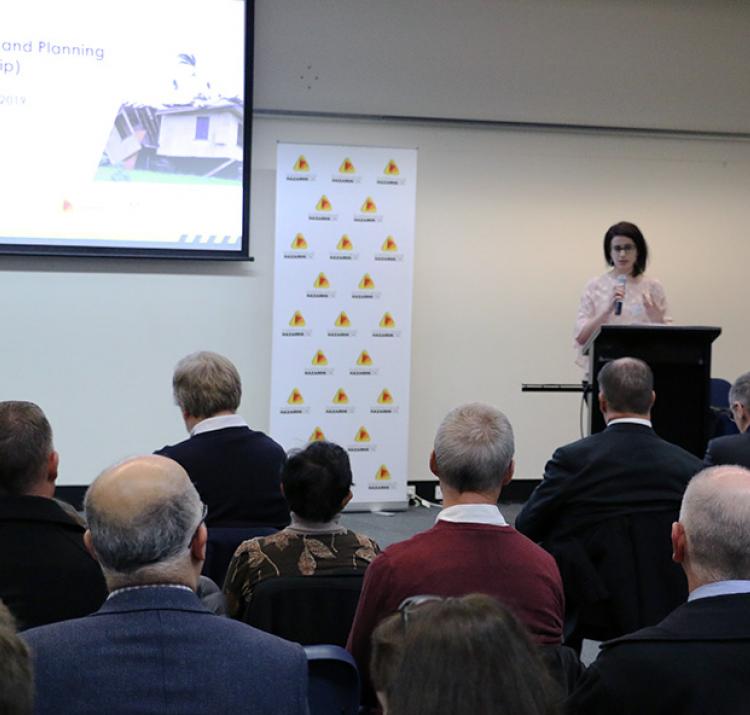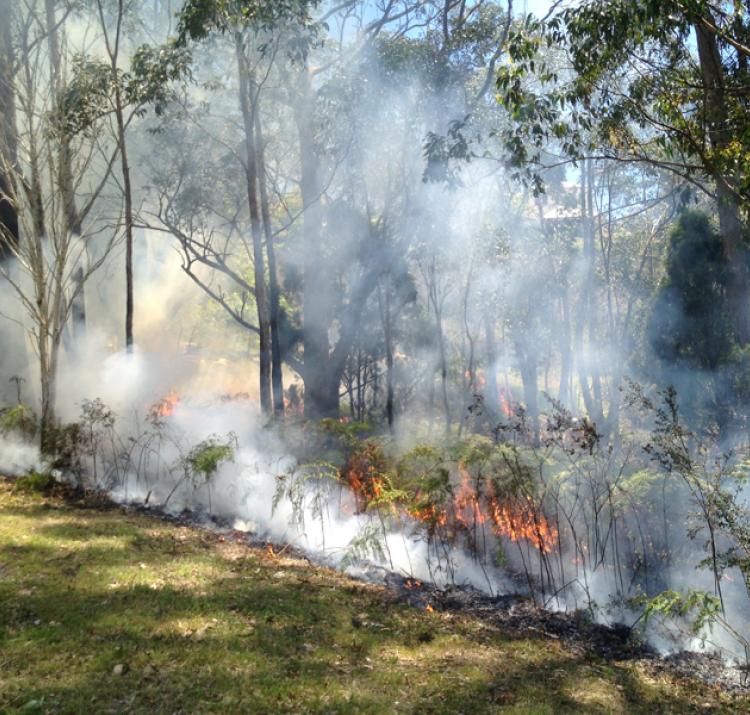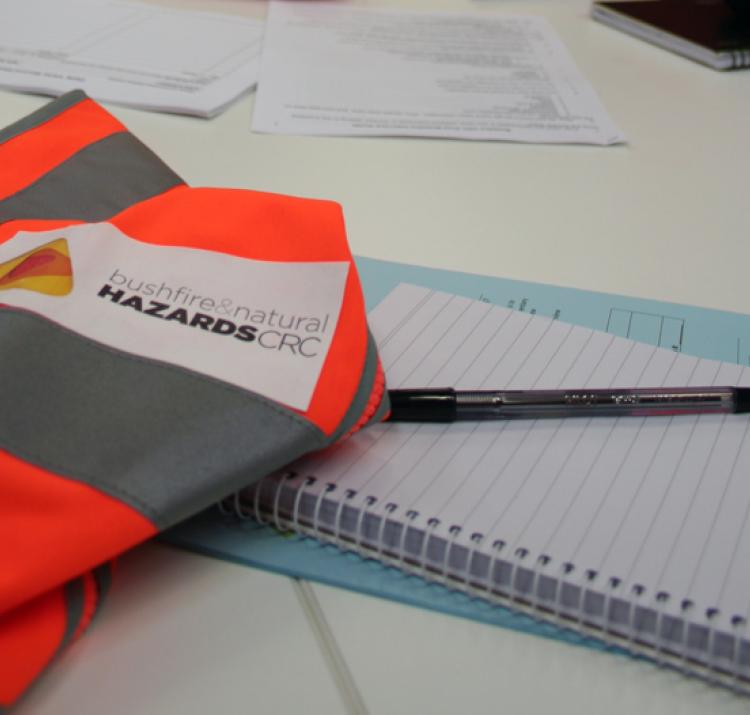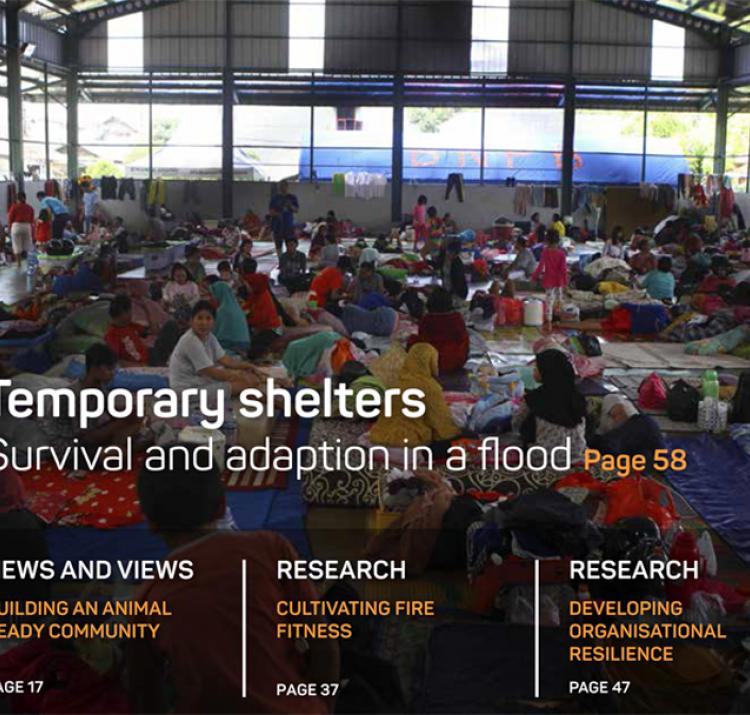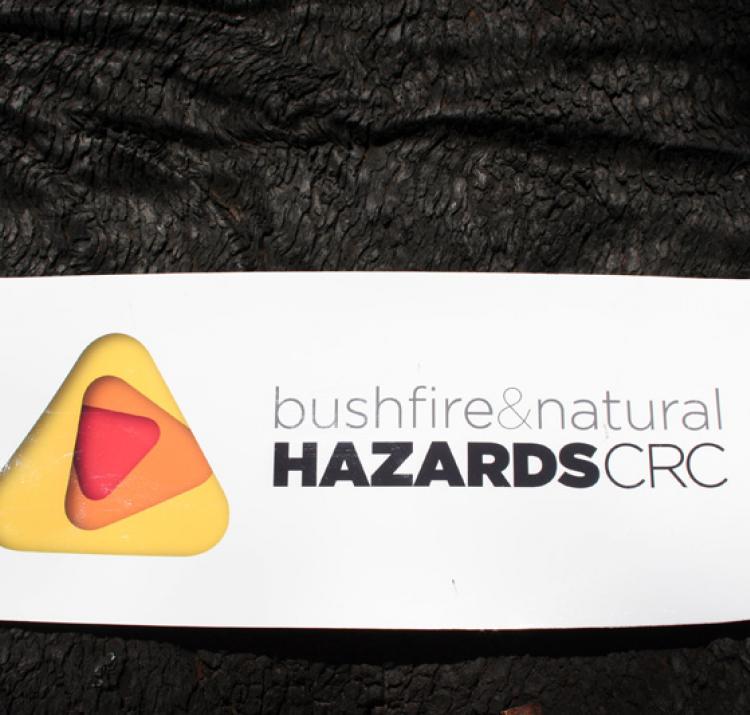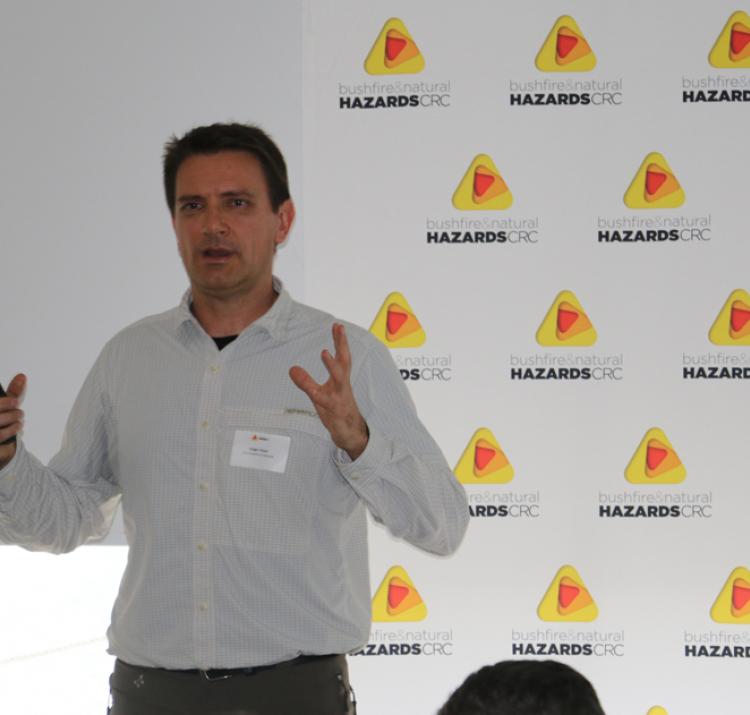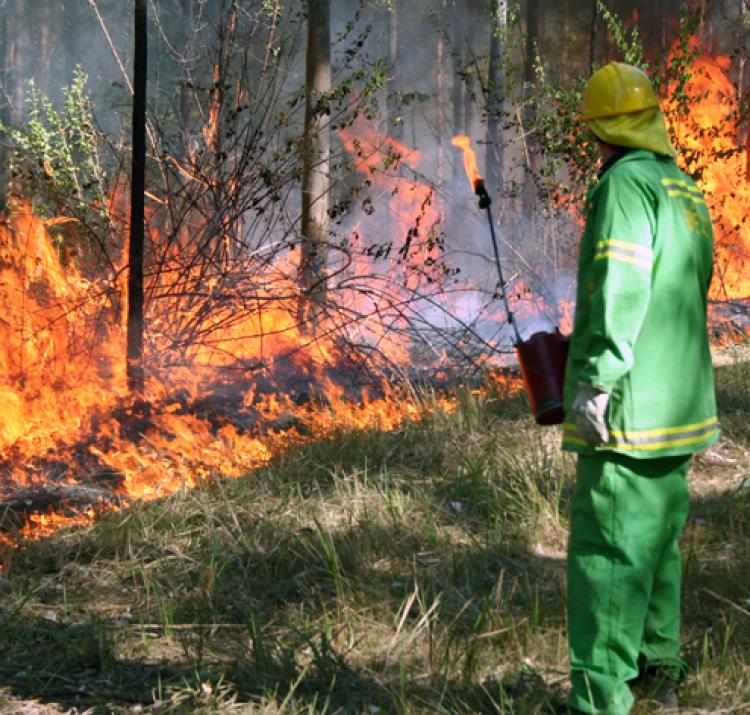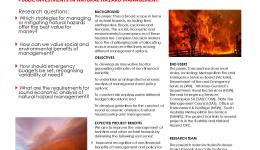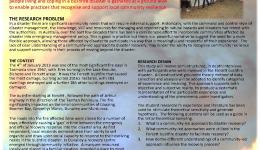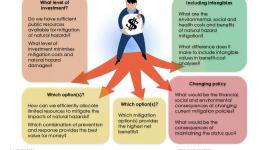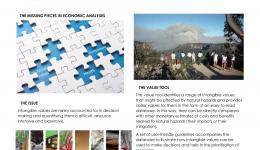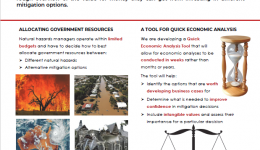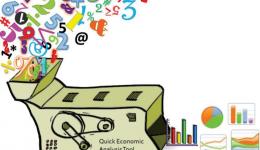Research leader
Research team
End User representatives
The key aim of this project was to provide evidence on the economic, social, and environmental impacts of natural hazards, in order to help hazard managers make better decisions about the allocation of resources for the mitigation of natural hazards impacts. Using the tools and materials created in this project, end-users will be better equipped to estimate the tangible (market) and intangible (non-market) impacts of natural hazards and assess how mitigation investments may reduce those impacts.
With this aim in mind, the main focus of this project has been the development of tools and materials that make it easier for natural hazards managers to estimate the value of mitigation, integrate intangible (non-market) values in economic analyses of mitigation, and evaluate the difference it makes to include non-market values.
This project delivered 5 key outcomes:
- an online platform for the Value Tool for Natural Hazards (a searchable database of the best available non-market value estimates relevant to natural hazards)
- a non-market valuation study that filled a major knowledge gap identified in the non-market values literature (i.e. the values of cultural heritage, social disruption and mental health, and how these are affected by natural hazards) and updated the Value Tool with the data from this study
- the Economic Analysis Screening Tool (EAST) for the evaluation of the (market and non-market) costs and benefits of mitigation options
- a free online video course on the economics of natural hazards, using drawings and simple examples to explain key economic concepts and how they are applied to evaluate different mitigation options
- an online training course on how to use economics in natural hazards management and delivered it to 4 different groups of end-user managers and practitioners

